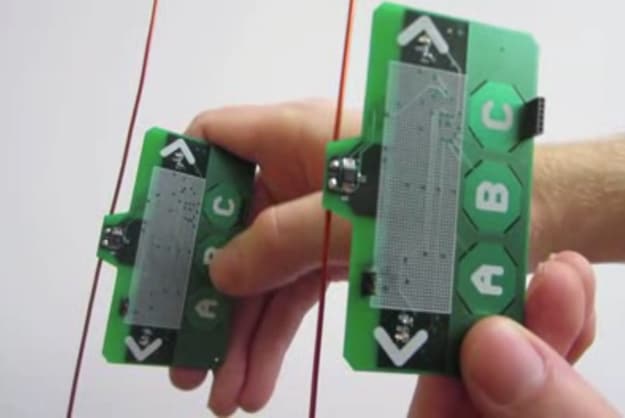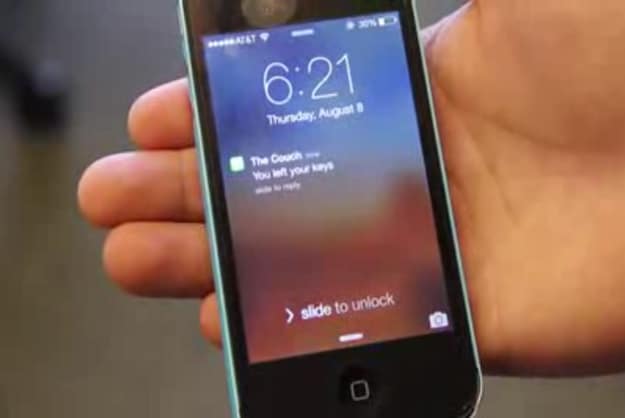One of the most predominate annoyances of mobile devices is that the battery runs out faster than we want it to. In order to stay connected, we usually need to lug around a whole stack of battery packs so we can fill up as soon as we run out of the precious juice. However, in the near future, we might not even need to worry about power at all if the ambient backscatter innovation recently announced improves in signal strength.
It’s researchers at the University of Washington who have managed to create a process and device they call ambient backscatter. In its current state, it is able to convert wireless signals into something that could be described as emergency power. The ambient backscatter innovation allows smartphone users to send a text even after their smartphone battery is completely depleted.
As confusing as it may sound, the backscatter technology kind of converts power by reflecting existing signals to exchange information, without the need for internal batteries. As you can see, it’s not exactly pure power that is created. I can’t say that I even understand it completely myself, but the potential this innovation shows when it’s refined and optimized is almost limitless.
The prototype device was tested in and around Seattle, and it managed to pick up a signal at a rate and strength of 1 kilobit per second when 2.5 feet away from its outdoor counterparts, and 1.5 feet away when inside an apartment building. The device’s current use is to allow people to send an emergency text message, or to even have their smartphones send push notifications after the batteries dies.
If the technology progresses and the signal converter is improved, we could possibly be looking at mobile devices that will never need batteries to power their features and functions. It’s a tickling thought, and one that might not be that improbable in the near future. I am sure battery-free mobile devices with the ambient backscatter feature incorporated into them would become even more popular if power was completely taken out of the picture, right?
Lead researcher Shyam Gollakota commented on this breakthrough and its uses by saying “It’s hopefully going to have applications in a number of areas including wearable computing, smart homes and self-sustaining sensor networks.”
University of Washington’s Ambient Backscatter Device
Via: [psfk]



COMMENTS